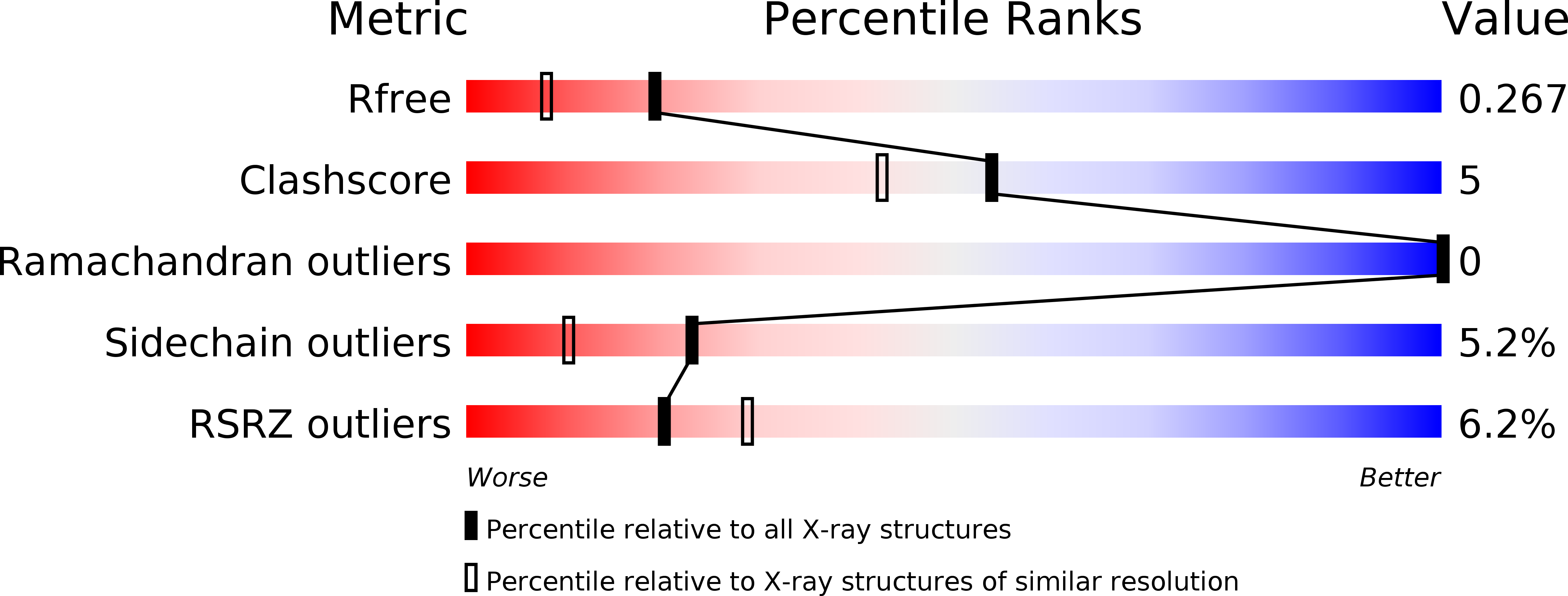
Deposition Date
2011-07-11
Release Date
2012-09-12
Last Version Date
2023-09-13
Entry Detail
PDB ID:
3SUI
Keywords:
Title:
Crystal structure of ca2+-calmodulin in complex with a trpv1 c-terminal peptide
Biological Source:
Source Organism:
Homo sapiens (Taxon ID: 9606)
Rattus norvegicus (Taxon ID: 10116)
Rattus norvegicus (Taxon ID: 10116)
Host Organism:
Method Details:
Experimental Method:
Resolution:
1.95 Å
R-Value Free:
0.24
R-Value Work:
0.19
R-Value Observed:
0.19
Space Group:
P 61 2 2


